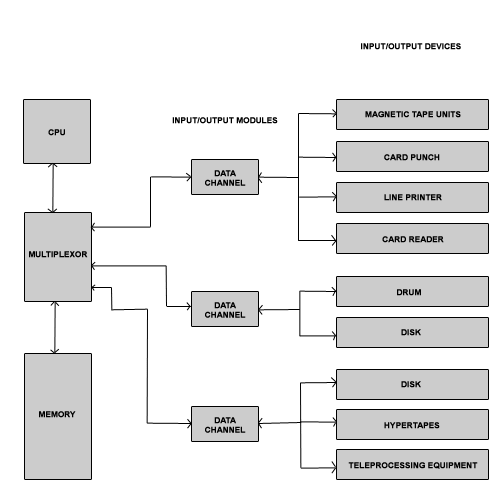Along with these came dramatic speed improvements which were a result of improved electronics and more complex circuitry. The IBM 7094 included an Instruction Backup Register. When the control unit fetched 2 storage locations from memory, it stored 1 in the Instruction Backup Register so the control unit only had to make half the calls to main memory, resulting in reducing the average instruction cycle time.
This rolex replica year, Omega launched the Aqua Terra new series of hippocampus replica watches, in the popular design elements replica watches online, into the clever innovation, give the watch a new replica watches uk look.

The introduction of data channels was quite significant. They are independent I/O modules and contain their own processor and instruction set allowing these modules to take care of the I/O instructions, resulting in relieving the CPU of considerable processing burden.
The multiplexer acts as a central termination point for the data channels, the CPU and memory. Scheduling access to each of these devices, it allows them to act independently of each other.